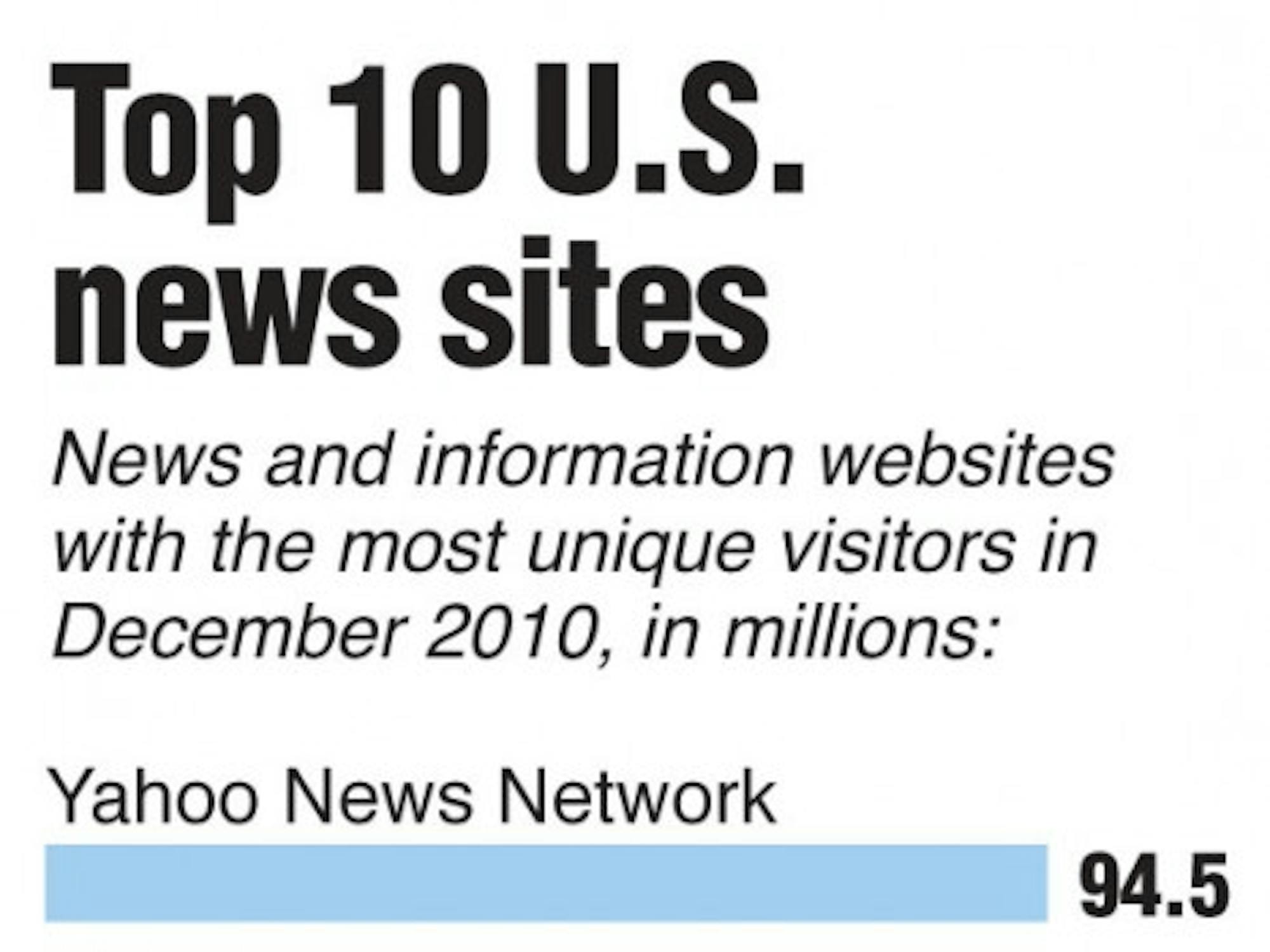Last week, after what seemed like years of speculation, The New York Times finally announced its plan to put all of its online content beyond a pay wall, making it the first major news outlet to do so.
Some qualifiers are in order. First, the Times will still let you read 20 articles a month for free. You can access your 21st article for free if you’re willing to find an external link to the page. Other than that, if you aren’t a subscriber, you’re probably going to have to pay to read the Times online.
The Times is making the jump first, but others will likely follow. The Wall Street Journal already has some content behind a pay wall, just not all of it. The paper says it needs to make this move to stay afloat financially, but you have to wonder about the wisdom of that logic.
How many people are going to pay to read the Times that aren’t already paying? How many of us read 40 or 50 articles on their website? And how many of those people would pay between $15 and $35 a month for the privilege?
Is their coverage really worth that? Plenty of other news sites can offer adequate free coverage, especially because the people who really desire the coverage offered by the Times are probably paying for it anyway.
Is there any way this move doesn’t shrink the number of views on their site? Probably not. Which means the online ad revenue will remain the same or fall. So, that $20 a month they’re charging better pay off.
But that really isn’t the point. The wisdom of this particular pay wall is irrelevant to the broader discussion. How can print newspapers survive in an online world?
One hundred years ago, the printed word was all we had. No radio, no television, no internet and no smartphones. The medium had no competition except from itself. Those days are over.
The rise of television hit the newspaper hard, but the paper survived. The internet has made the fight more difficult, but not for the reasons you may suspect.
In fact, the internet is a wonderful thing for the newspaper. Other than personnel, the top costs for newspapers are paper, ink and distribution. Guess what makes all of those costs unnecessary? The Internet.
Big newspaper chains could ditch the print version altogether and save tons of money on the cost side of the equation. If the Times e-mailed you a copy of the paper every morning, sent it to your tablet or delivered it to your smartphone, they’d save a whole lot of money.
But, as usual, there is a catch. They would lose almost all of their ad revenue, because most of that comes from the print edition. Advertisers are willing to pay more for an ad in print than on the Web (this is also true at the Echo).
So, you can see the problem. Newspapers love the idea of the internet; they just can’t find a way to make any money on it. Enter the pay wall. It’s an attempt to offset the loss in ad revenue. The only problem is we’re all used to the internet being free, so when someone asks for our credit card, we click to the next site.
Especially because we like different perspectives. If you want to read about a recent news event, you’re likely to check out a few sites. Maybe The Times, maybe CNN. Perhaps you’ll head over to Politico or The Huffington Post. Sometimes you’ll even see what your favorite campus newspaper has to say.
In a pay-wall world, you can’t. A pay wall takes us back to 1900 when you needed to buy 11 different papers to see 11 different perspectives. Today, you just need an internet connection and some spare time.
That’s why a pay wall will never work. We’ve grown accustomed to diversity, and we’ve really gotten used to it being free.
The problem for newspapers is they are trying to survive in both worlds. The Times is trying to sustain a print edition and an online one that furnishes the same content. They have to pay for the bulky print edition, but most people prefer the cleaner online one.
The Times wants to charge people for the online version to generate revenue for the loss in print readers.
A better solution? Phase out print. It’s only profitable if they keep costs down, because they’ve reached a revenue ceiling. No one is going to pay for a newspaper the way they used to.
Print subscribers are disappearing; the advertisers will slowly drift away, too.
The answer is not to charge people for online content, it’s to start generating more ad revenue on the Web. But they aren’t able to in a print world. The advertisers say print is more effective, so if they have that option, that’s where they are going to spend.
The solution is to take that option away. Companies aren’t going to stop advertising. They’ll start paying more to advertise online. Some are even paying celebrities to tweet ads.
Instead of charging the readers online, the way to survive is to charge the advertisers online. How do you do that? More online readers. Both goals are met by phasing out print, which is what the newspapers want to do anyway because it’s cheaper.
What’s stopping them? Tradition. History. Die-hards. But the world is changing; they need to adjust with the times. Or more appropriately, the Times needs to adjust with the times.









